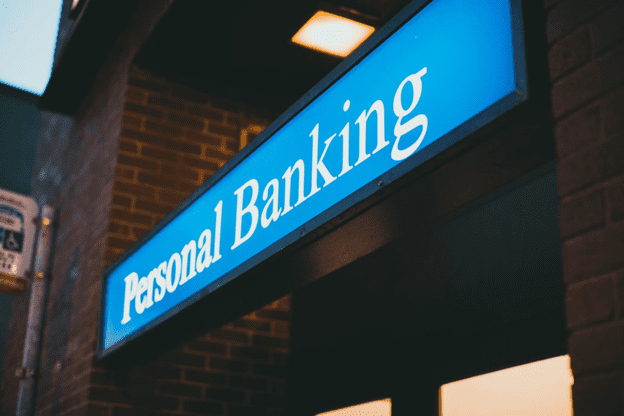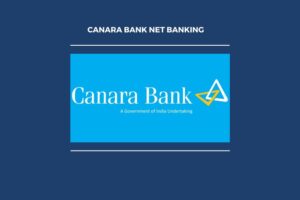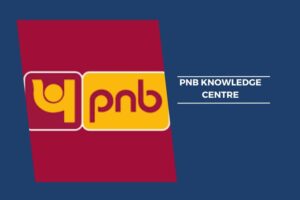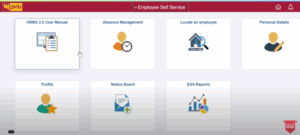5 Steps To Opening a Bank Account

In the 21st century, electronic transactions have become the norm—some retail shops and cafes won’t even accept cash anymore. While having a bank account isn’t always necessary, it makes modern life easier.
Cashing in checks without a bank account can be expensive and time-consuming. If your job offers direct deposit, you’ll have access to your paychecks much faster. Paying bills can also become effortless with a bank account.
After setting up automatic payments online for your regular bills, you’ll never have to think about them anymore. It also can help you avoid late payments and extra fees from your creditors.
Most banks will offer a debit card, which you can use to pay daily expenses, eliminating the need to carry enough cash. However, if you prefer to have cash in your wallet, you can use your card to withdraw from an ATM at any time.
The good news is that almost anyone can open a bank account—and the process is pretty straightforward. Follow the five steps below, and you’ll wonder why you waited so long.
1. Choose a Bank or Credit Union
Deciding on which bank to use can be a daunting task. Your preference will depend on your personal banking needs.
- Traditional banks
If you want easy access to a physical bank branch to complete your transactions in person, you’ll probably prefer a traditional bank. Larger national banks offer many locations across the country, while smaller banks may have fewer branches within a city or region. Additionally, compare fees and services, as they can vary widely across different banks.
- Credit unions
Credit unions are popular because they tend to be smaller and offer more personalized services than traditional banks. They often have better rates for loans and mortgages, but the physical branches might be limited to a specific area.
Credit unions usually require members to be affiliated with a certain industry or organization. If you work for a public school, university, or the military, check with your benefits department to see if you have access to a credit union.
- Online banks
Online banks don’t have any physical locations. If you like the convenience of doing all your transactions online, an online bank might be the ideal choice. Online banks often grant free access to ATMs, lower fees, and an app that you can use for 24/7 access to your funds.
2. Research Individual Banks
After deciding which type of bank will best suit your needs, examine some of the banks you’re considering. Some questions you should find answers to include:
What types of accounts do they offer?
Most banks offer a range of accounts, including checking, savings, money market, and business accounts. Learn the features and benefits of each type to decide which one works best for you.
What are their fees?
Make sure you understand the fees associated with the type of account you need. Some banks charge a standard monthly fee to hold the account but might waive it if you maintain a minimum balance or sign up for direct deposit. This information isn’t always easy to find, but unexpected fees can be frustrating if you don’t take the time to learn about them before opening your account.
What other services do they provide?
Most banks offer additional services, including mortgages, auto loans, personal loans, or credit cards. These services might only be available if you have a current account with the bank.
Some banks will have special promotional offers for new customers, such as a rebate for opening a new account or opting for direct deposit.
3. Gather the Required Documents
To open a bank account, you usually need the following documents:
- Government-issued photo ID: It could be a passport, driver’s license, or state-issued ID card. Some banks might require more than one form of ID.
- Social Security number or Individual Taxpayer Identification Number (ITIN): If you don’t have either, you will have a lot of trouble opening a bank account in the United States.
For a business account, you might need to provide other documents, such as your business license or corporate documents.
4. Open the Account
Most banks will require a brief application process that includes verifying your identity and a criminal background check. Depending on the bank and type of account, you may open your bank account in person or entirely online.
The process is usually quick, and your account can be opened within a few minutes. Once approved for an account, you’ll receive all the information you need to begin using it. This includes your account number, personal checks (for checking accounts), and an ATM/debit card.
5. Make Your First Deposit
The last step is to make your first deposit. There is usually a minimum deposit required, depending on the bank.
For traditional banks, you can deposit cash, checks, or an electronic transfer from another bank. Online accounts usually can’t accept cash deposits for obvious reasons.

Pranab Bhandari is an Editor of the Financial Blog “Financebuzz”. Apart from writing informative financial articles for his blog, he is a regular contributor to many national and international publications namely Tweak Your Biz, Growth Rocks ETC.







